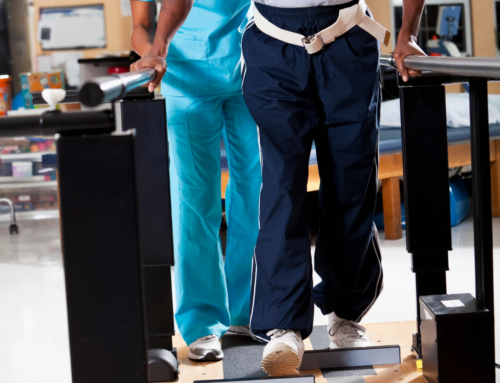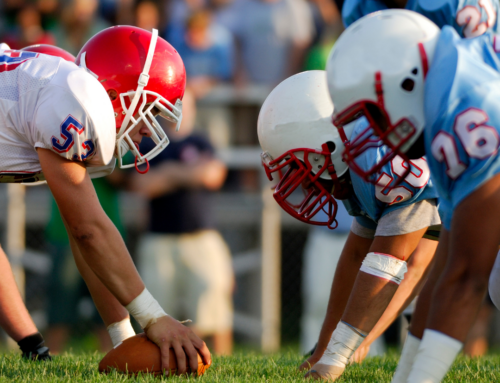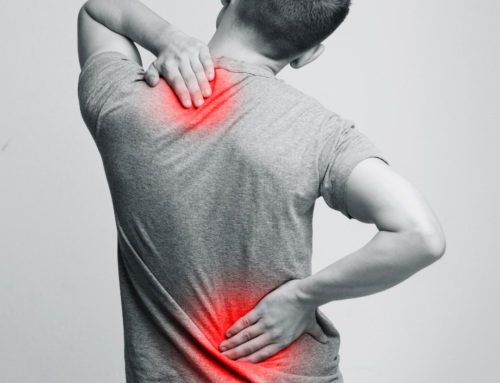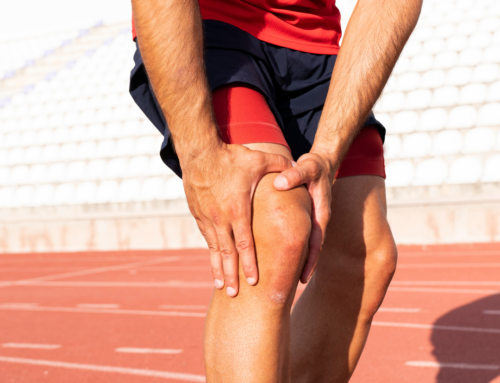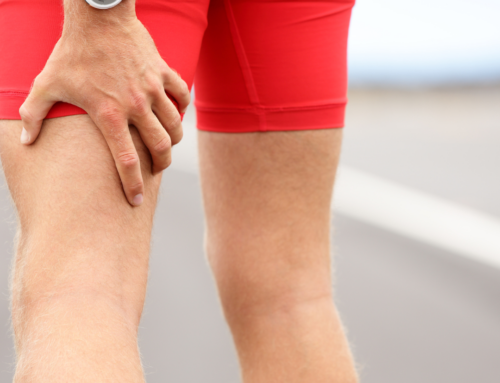
A herniated disc is a common injury that can happen due to poor lifting techniques. As you age the likelihood of a herniated disc occurring, increases because the muscles around the spine begin to atrophy. A herniated disc usually occurs when you lift improperly with you back, rather than lifting with you legs, chest, and hips. Lifting heavy objects, or heavy weights aren’t the only ways you can suffer from a herniated disc. Lifting your kids/grandkids, or picking up a relatively light box up off the floor can cause a herniated disc if you lift improperly.
Herniated Discs can be treated in many ways and there isn’t one specific treatment that can treat everyone since each patient’s injury is different. There are surgical and non-surgical procedures to treat and help alleviate pain which includes medication, Epidural injection, surgery, and physical therapy. Your doctor will be able to advise you on the best first step to take, based on your individual needs. Depending on the severity of the herniated disc, physical therapy can be the most cost effective and holistic long-term solution to a herniated disc over a surgical route. Many patients cannot afford to take the time away from work and family activities to have surgery done. Epidurals, and medication provides relief for patients with herniated disc for a certain amount of time but when the pain occurs again, another pill or epidural will be needed.
Physical therapy will not only help relieve pain of the herniated disc but also strengthen the muscles around the injured area. By strengthening these muscles, it will help avoid future injuries. Also, your physical therapist will teach you proper motion and lifting techniques in order to avoid exacerbating your injury or make it worse. During physical therapy, many techniques will be used to overcome a patient’s injury.
Modalities will be used to help decrease pain caused by the herniated disc. A physical therapist will likely first apply a hot/cold pack to the affected area. After they will treat with an ultrasound followed by electric stimulation. When treatment is done you will usually begin strategic exercises and stretching (never enough to strain the injured area and cause regression). Also your physical therapist will give you at home stretching exercises in addition to other personalized home care treatments. If pain occurs, ibuprofen should be taken to help alleviate pain. While in session, there may be discomfort but this is likely to happen because you are working on the injured area. If discomfort becomes painful, notify your physical therapist right away so that they may adjust your treatment.
At Advance Physical Therapy, we offer a comprehensive and state of the art approach to your rehabilitation. You will always get the “one-on-one” care that has made our practice the first choice for so many. We strive for your complete satisfaction and are focused on your needs as an individual always. That is why our motto at Advance Physical Therapy is: “fast, effective treatment-one patient at a time.” We have four location Wantagh, Valley Stream, Lindenhurst, and Astoria for our patient’s convenience and can be reached on our website here.


